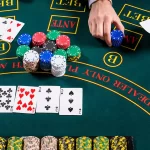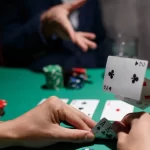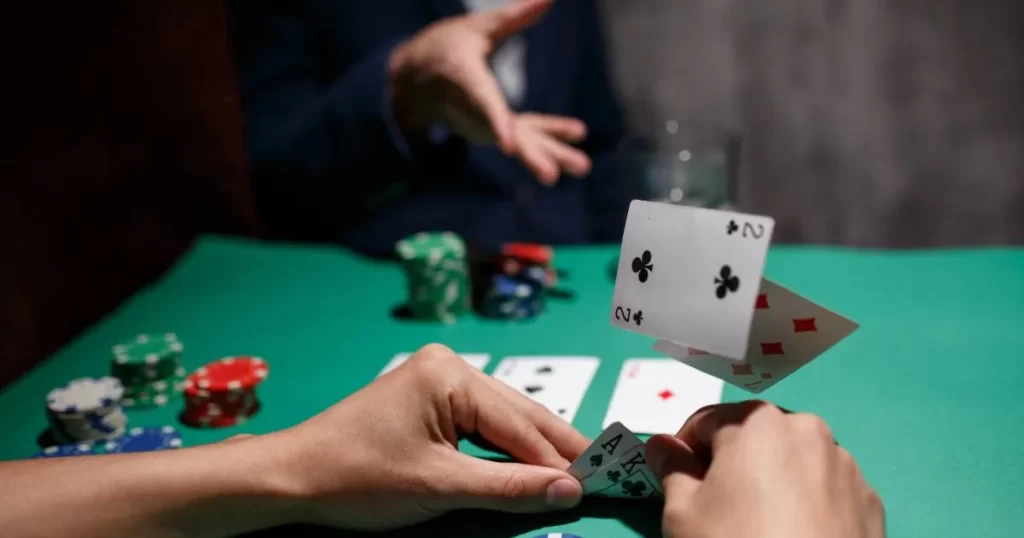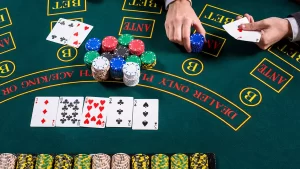Poker folds are undervalued. A serious player will need to know how their opponents bet, the quality of your hand, and if your hand has any potential to get better on the flop or river.
Understanding when and why to fold is vitally important to long-term profitability at the table, as it will save chips while providing opportunities to defend later in the hand.
Pre-flop betting phase
Folding is an integral skill to master in poker. Although it may be difficult to let go of strong hands, doing so is essential for improving your overall win rate and protecting both emotionally and psychologically. Learning when and how to fold requires consistent practice as well as an in-depth knowledge of the game itself.
Pre-flop betting phase of poker can be an especially crucial aspect, with many players losing chips at this phase by calling too often and failing to fold junk hands when necessary. With some effort and smart strategy in place, however, your odds can increase dramatically during this phase if you understand your opponents’ ranges and how they change with different bet sizes. Furthermore, you must recognize fold equity’s significance; folding signals to other players that you no longer wish to pursue the pot – either verbally or by discarding cards face down into the muck (uncommon).
Post-flop betting phase
Folding on the river in poker can be one of the toughest decisions to make; it truly puts one’s mettle to the test. But before making this difficult call, several factors should be taken into consideration such as your opponent’s betting range and hand strength; ultimately making an intelligent fold decision could save both money and increase winning percentage.
However, it is also vital not to fold too often; otherwise opponents will quickly realize you are vulnerable and take advantage of this by bluffing off pots that were meant for you.
Ideal practice requires folding rarely and only when your hand has sufficient equity against an opponent’s betting range. Your decision will depend on several factors including bet size, board texture and your opponent’s betting range – this approach is known as GTO or game theory optimal.
There are limits.
It’s one of the key abilities that poker players need to learn. But, for how long a player is allowed to fold depends on various factors, such as if you also want to check what others are doing prior to calling or folding. Secondly, know your hand strength is a big component to figuring out whether to fold or not.
Folding means giving up their right to win the pot; however, that does not entail always folding when an opponent bets; in fact, too frequent folding could lower their winrate. Instead, players can use range-balancing strategies such as percentage equity against betting ranges to determine when it makes sense to call and when to fold; for instance a strong hand should not be folded unless it offers at least 25-30% equity against their betting range and this usually justifies calling when pot sizes are large enough.
Bluffing
Folding is practice-and-improvement based, and requires careful decision-making between risk and reward, an ability to gauge your opponent’s play style and pattern of bets, and to analyse their body language for signs of potential hand strength; one player who speaks up may be bluffing, while the one who stays quiet might have a wild hand in need of defense.
Decisions to fold can be emotionally draining and can dent even the confidence of even the most confident players. Regular mistakes could endanger your bankroll; to prevent this from happening again and again, it’s crucial that you learn from challenging hands while detaching yourself from individual results.
Additionally, patience and mental game practice is crucial to increasing win rates and better decision-making. You can practice by visualizing river scenarios and analyzing each outcome before making decisions based on them.












More Stories
The Calling Station Poker Strategy
How to Avoid Playing Too Many Hands in Poker
A Beginner’s Guide to Casino Poker Cash Game Play